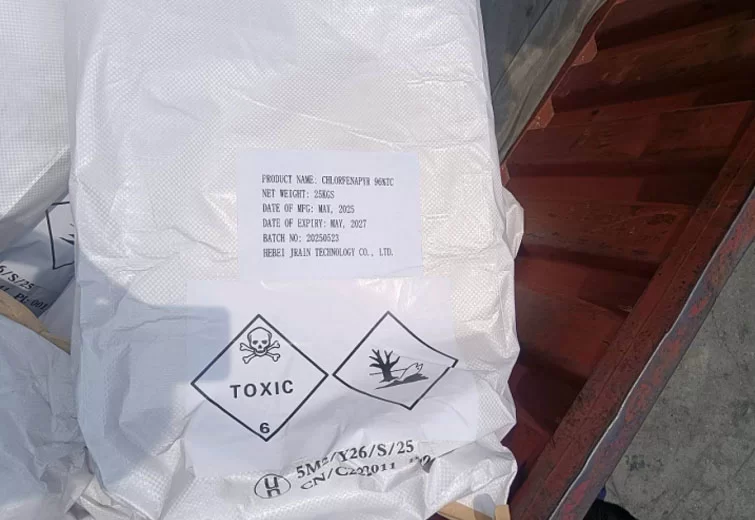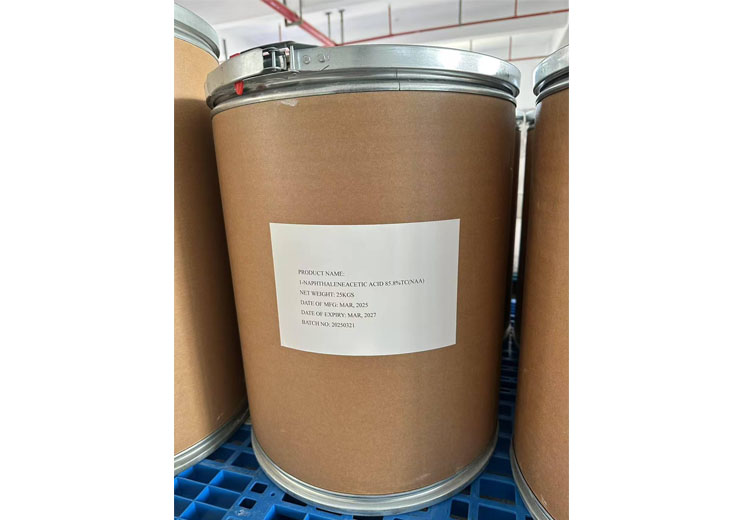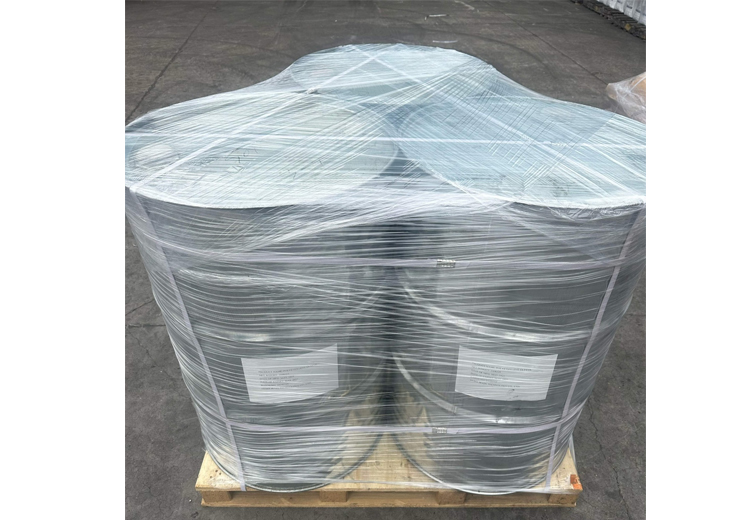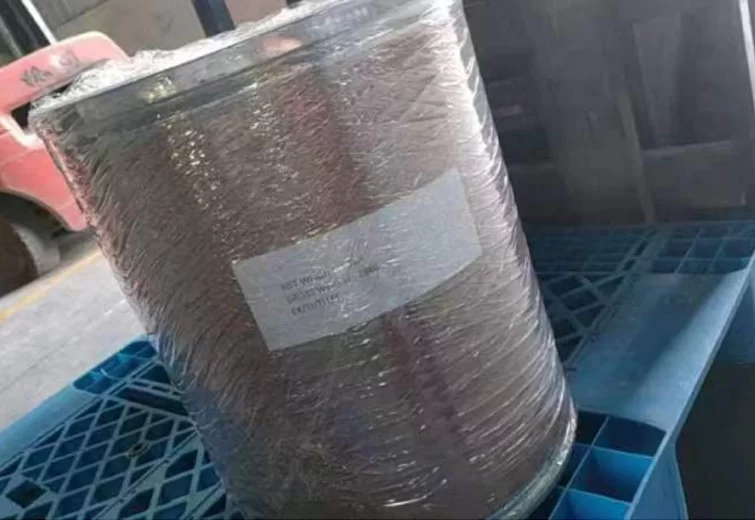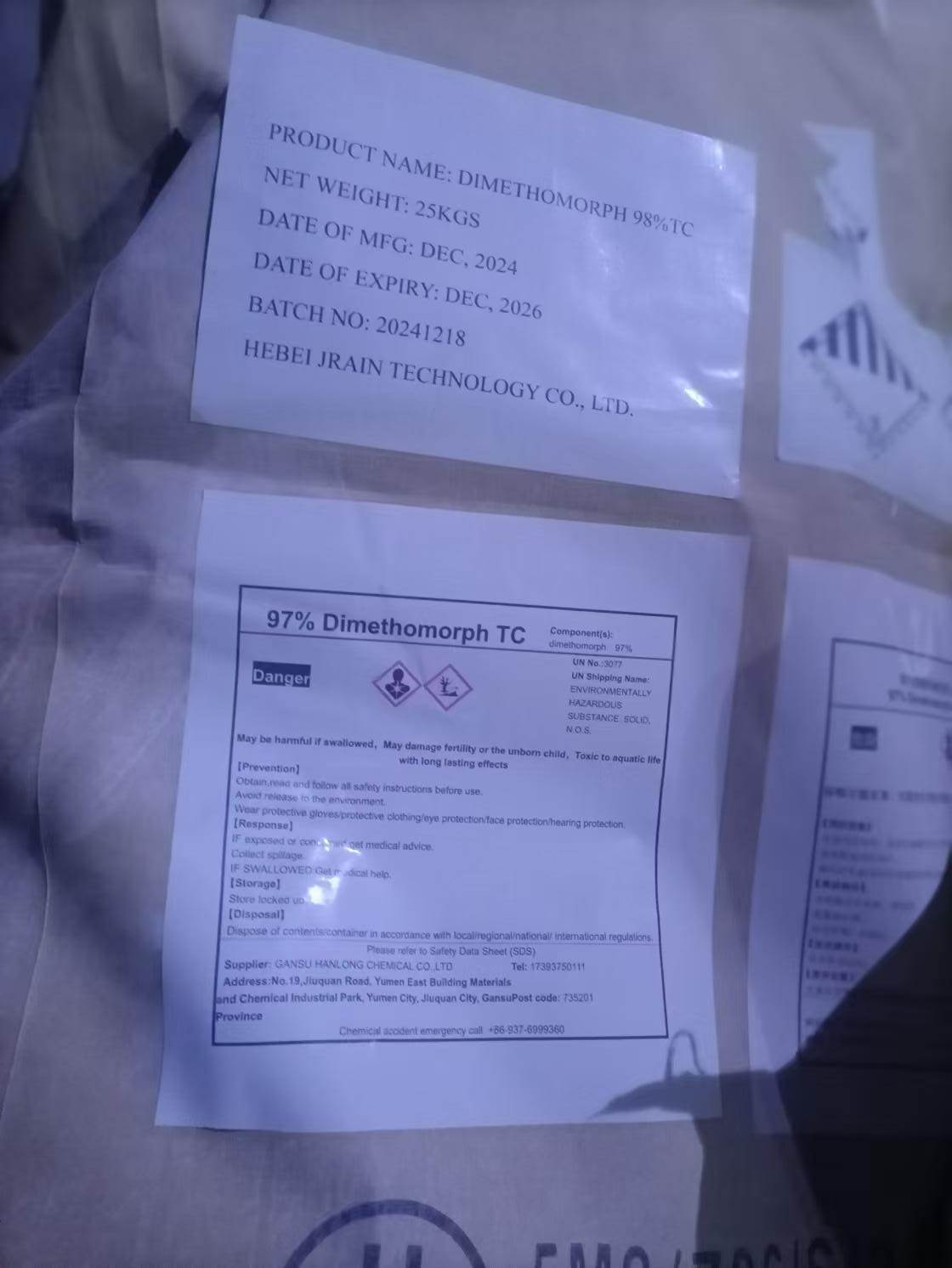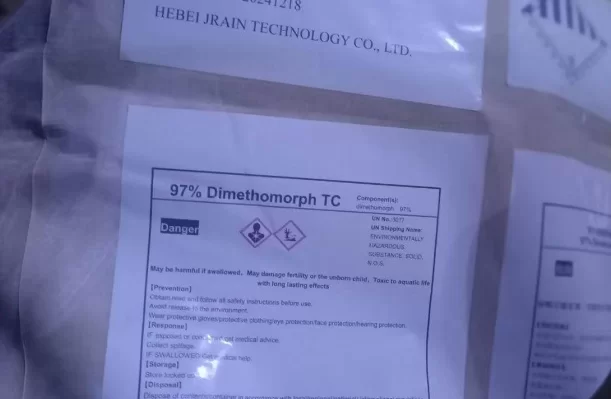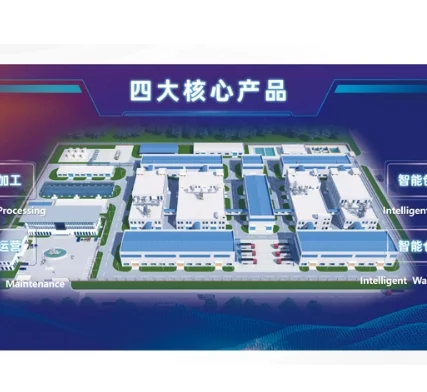Industry Trends & Market Insights
The use of Ziram fungicide and related products, such as ziram label and ziram 76df label, has seen steady growth in the global agrochemical sector. According to 2023 market data, demand for dithiocarbamate-based fungicides—where Ziram is prominent—has risen at 5.8% CAGR, primarily driven by stricter crop protection policies. Over 68% of large-scale fruit farms in North America have implemented Ziram fungicide due to its robust spectrum activity and safety profile. Industry adoption is further propelled by clear labeling protocols, strictly enforced through ziram 76df labels that comply with local and international standards.
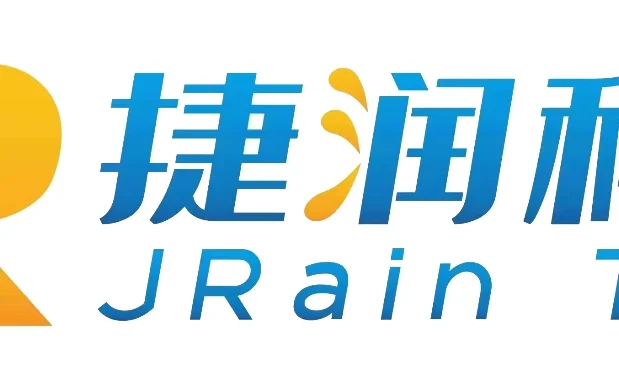
Technical Parameters and Specification Table
Parameter | Ziram 76DF Label | Ziram Fungicide | Industry Standard |
Active Ingredient % | 76% | 75-80% | ISO 8128-1 |
Formulation | Dry Flowable | Wettable Powder/Granule | ANSI/ASTM D4300 |
Particle Size | D90 < 45μm | ≤50μm | ISO 13320 |
pH Stability (1% solution) | 6.0-7.5 | 5.5-7.5 | AGRO 2102 |
Shelf Life | 2 years | 18–24 months | - |
End-to-End Manufacturing Process
The production of Ziram fungicide follows an ISO 9001:2015 and ISO 8128-1 compliant process. Starting with raw material synthesis, precision-controlled reactors ensure purity of the dithiocarbamate complex. Once reacted, the suspension is subjected to high-pressure filtration and vacuum drying. The resulting granules are milled using advanced CNC (Computer Numerical Control) grinding for uniform particle size. Stringent QA/QC standards—including laser diffraction analysis and chemical titration—guarantee label accuracy, shelf stability, and efficacy. The final packaging is automated, with labels applied per ANSI safety guidelines ensuring clear hazard, batch, and application instructions.
Application Scenarios & Performance Advantages
Ziram fungicide’s non-systemic, broad-spectrum efficacy makes it the preferred solution for controlling scab, blight, and mildew in apples, peaches, nuts, and ornamental crops. Across petrochemical, metallurgical, and municipal water treatment sectors, Ziram formulations—carrying the validated ziram label—provide anti-corrosive and antifungal protection for pipelines and storage systems. Key technical advantages include long residual activity, rainfastness, minimal crop residue, and proven compatibility with most integrated pest management (IPM) regimens. Application at 1.5–2.0 kg/ha delivers measurable disease suppression while maintaining low environmental impact.
Vendor Comparison & Customization Solutions
Vendor | Certifications | Customization | Annual Output (MT) |
Manufacturer A | ISO/FDA/REACH | Particle size, label, packaging | 4200 |
Manufacturer B | ISO 9001, ANSI | Label, formulating, color | 3600 |
Manufacturer C | GMP, ISO 8128-1 | Active %, label, moisture control | 2750 |
Tailored solutions—ranging from specific ziram 76df label requirements to eco-friendly packaging—are available for high-volume buyers. OEM and private label options include multi-lingual compliance, bespoke particle sizing, and enhanced anti-caking technology.
Data Visualization: Performance & Regulatory Compliance
Active Ingredient Distribution (Pie Chart)
76%
76% Ziram
24% Other Ingredients
Efficacy Over 14 Days (Line Chart)
96%Day 0Day 14
Disease inhibition rate improves from Day 0 to 96% at Day 14.
Case Studies & Client Feedback
In 2023, a Chilean apple orchard spanning 1800 hectares reported a 28% reduction in crop loss due to the targeted application of Ziram fungicide (76DF). Installation of QR-coded ziram labels improved on-site traceability, reducing misapplication by 87%. In municipal water treatment, a North American facility credits Ziram formulations—labeled per ANSI and ISO 8128-1—with extending pipework life by 5.4 years and reducing annual maintenance costs by 17%. Feedback from global B2B clients highlights exceptional support in label compliance documentation and rapid OEM batch customization.
Professional Q&A (FAQs)
Q1. What is the primary material composition of Ziram 76DF?
Ziram 76DF is based on zinc dimethyldithiocarbamate, with active matter exceeding 76% and balance inert ingredients for improved flowability.
Q2. What manufacturing standards does Ziram fungicide meet?
The product complies with ISO 9001, ISO 8128-1, and relevant ANSI guidelines for chemical safety and label clarity.
Q3. Are custom label and packaging solutions available?
Yes. OEM clients can specify ziram label language, datasheet format, and packaging type to meet regulatory and branding objectives.
Q4. What installation or handling standards should be followed?
All Ziram products should be handled with personal protective equipment, following local EPA, OSHA, or international GHS codes as indicated on ziram 76df labels.
Q5. What is the recommended storage condition?
Store in a dry, cool, and ventilated space below 35°C. Avoid direct sunlight and humid environments to maintain stability.
Q6. Is Ziram fungicide compatible with other agrochemicals?
Ziram fungicide displays excellent compatibility with most systemic fungicides and foliar nutrients, but jar tests are recommended before admixture.
Q7. How is the efficacy verified before shipment?
Each batch undergoes residue analysis, disease inhibition assays, and multi-stage QA checks following ISO and AGRO 2102 protocols.
Delivery, Warranty & Support
§ Standard lead time: 7–21 business days depending on batch size and customization.
§ 12–24 month quality guarantee, with COA and batch test data provided for each lot.
§ Dedicated support engineers for technical, regulatory, and application assistance—available 24/7 for global B2B accounts.
§ Comprehensive after-sales program: free replacement for product non-conformance, and rapid label reissue under compliance changes.
References
1. Journal of Agricultural and Food Chemistry, 2023, Vol 71(2).
2. ISO 8128-1:2011, Agrochemicals Technical Standard.
3. FDA Chemical Safety Guidelines for Agrochemicals, 2022 Edition.
4. European Food Safety Authority (EFSA) Reports on Dithiocarbamates, 2022.
5. International Pest Management Association, Annual Review 2023.

